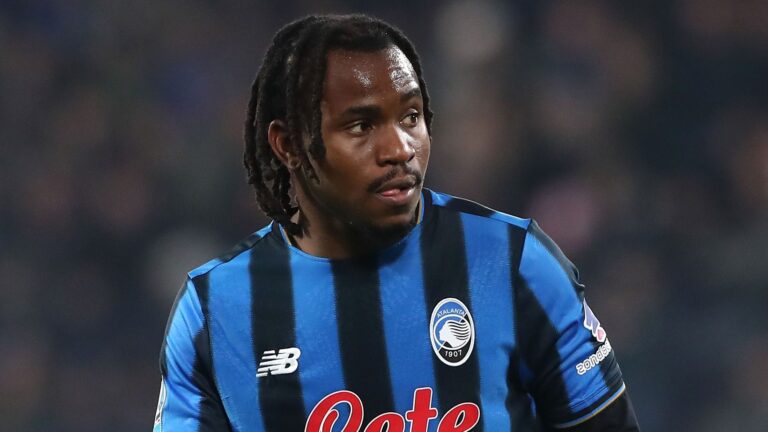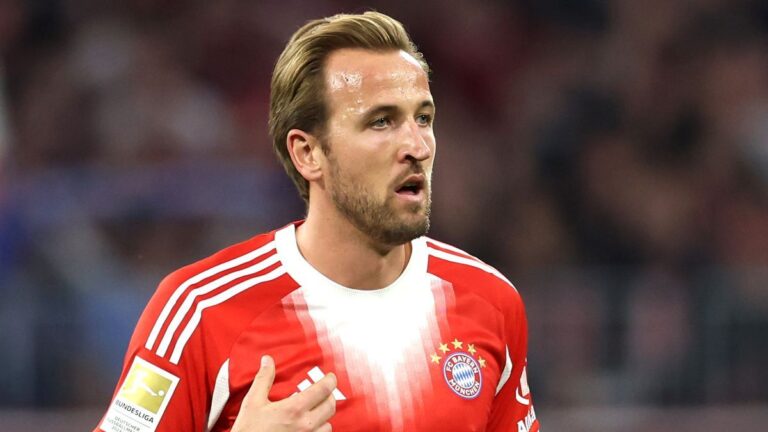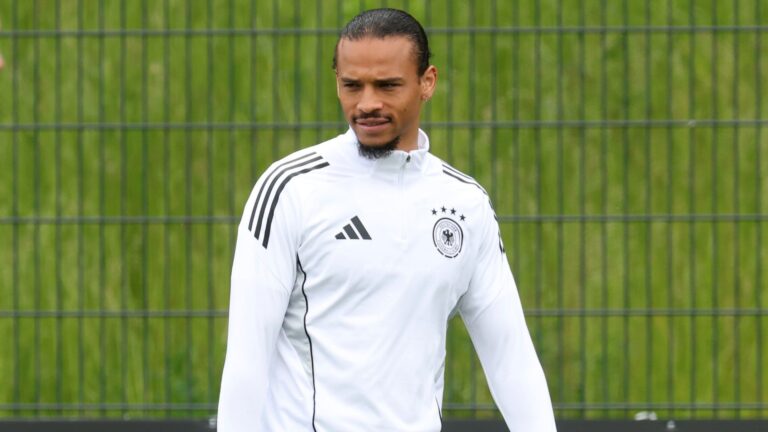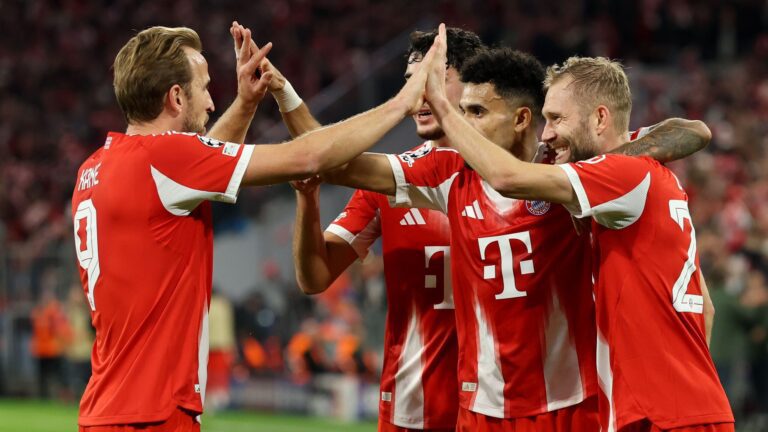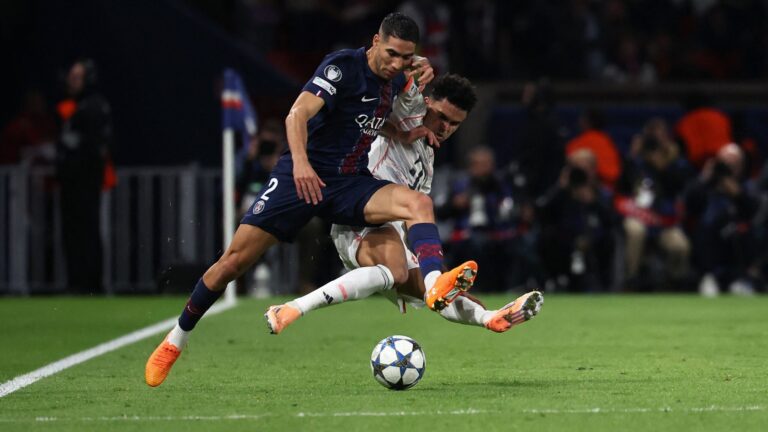Alphonso Davies’ Inspiring Journey Back from ACL Setback
In a heartfelt reflection on his rehabilitation, Alphonso Davies shares how he’s overcoming the ACL injury that sidelined him earlier this year, turning challenges into motivation while eyeing a strong return to Bayern Munich. This narrative highlights his resilience, the mental battles involved, and the careful steps toward full recovery.
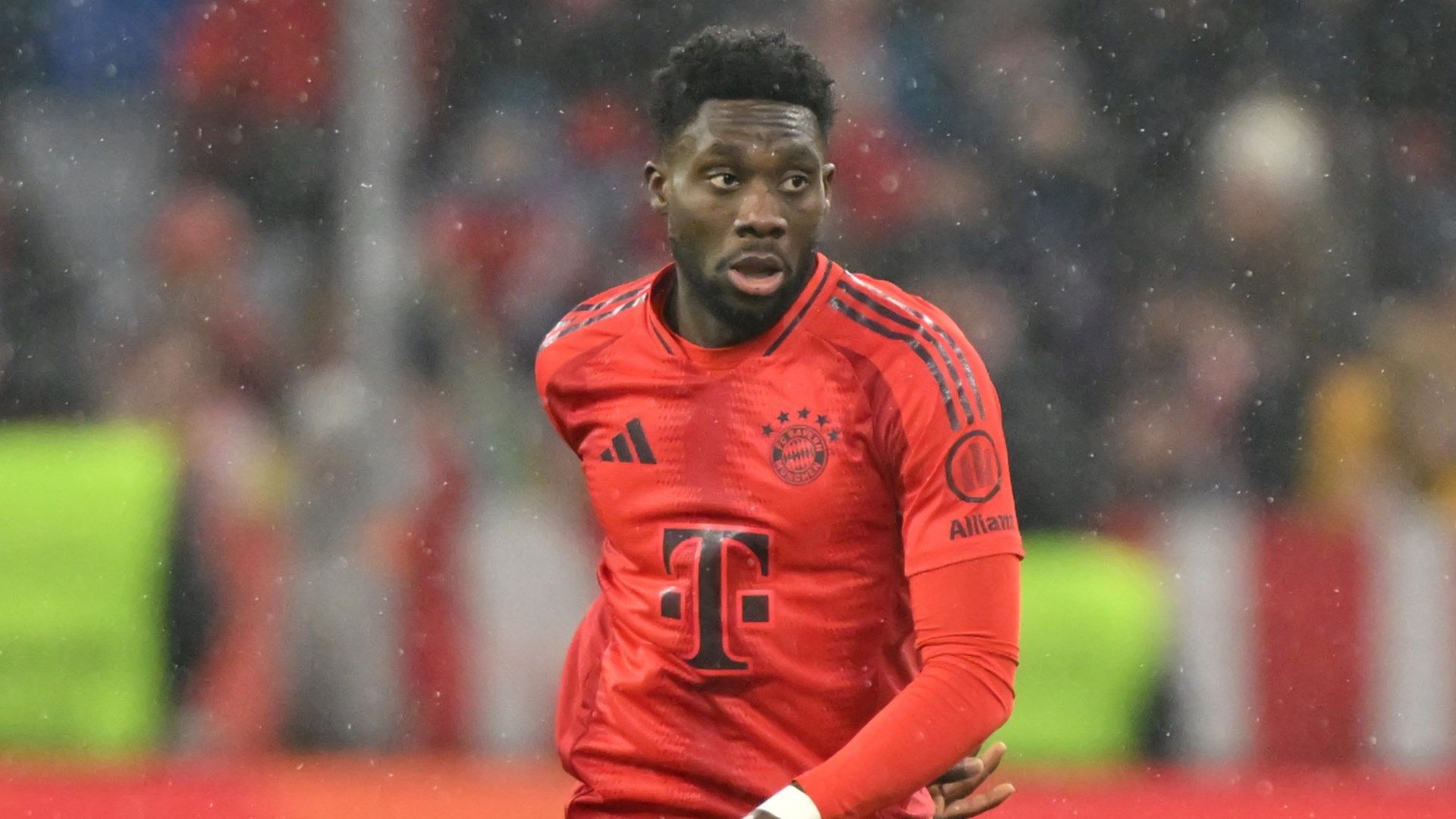
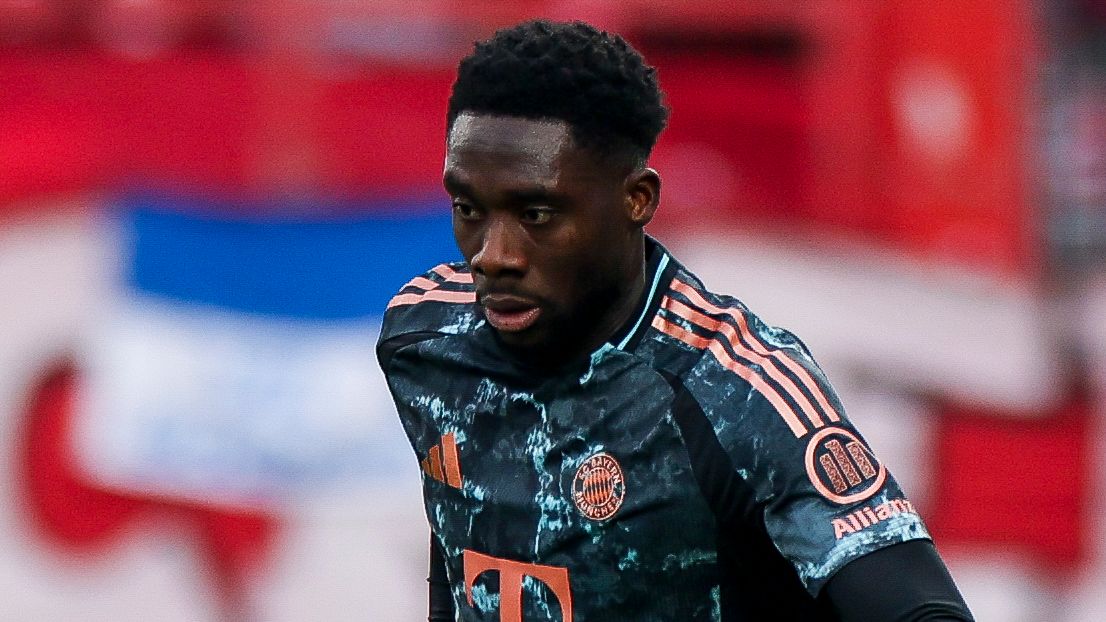

Details of the ACL Injury and Early Recovery Phase
Early this year, the Bayern Munich and Canadian standout faced a major knee issue when he damaged his anterior cruciate ligament along with some cartilage in his right knee during a CONCACAF Nations League match against the United States in March. At just 23, he went through an operation and anticipated being out for six to eight months, which meant sitting out much of Bayern’s season activities.
Progress in Physical Training and Building Strength
Recently, Davies has resumed solo workouts and gentle drills at Bayern’s training ground in Sabener Strasse. He noted, “I’m moving well during runs and sessions, though I still need to build up more strength in my right leg,” while remaining hopeful about his ongoing improvements. Initially, upon hearing the recovery timeline from doctors, he recalled thinking it would be an extended challenge, but he’s now seeing encouraging results in his daily efforts.
Prioritizing Safe Return Over Hasty Comeback
Davies emphasized his commitment to a cautious approach, stating that there’s little benefit in dwelling on setbacks or pushing too hard. Such injuries are inherent to athletics, he pointed out, and his main goal is to reclaim his spot steadily and without risks. “The key is to push forward carefully, ensuring everything heals properly,” he added, focusing on long-term wellness over immediate action.
Mental Resilience Amid Rehabilitation Challenges
Beyond the physical aspects, Davies’ path has demanded significant emotional endurance and tolerance.
The Psychological Demands of Long-Term Healing
Davies openly discussed how the emotional side of recovery has proven tougher than the bodily demands, underscoring the stress of extended downtime. “The physical build-up happens naturally,” he mentioned, “but the uncertainty about timelines and capabilities can be overwhelming.” This highlights the deeper impact of injuries that extend into one’s mindset.
Overcoming Routine and Doubt Through Determination
Throughout rehab, Davies dealt with the monotony of repeated exercises and the unknowns that tested his resolve. “These drills target various parts endlessly, taxing your mental state while pushing your limits,” he explained. At times, his body resisted, yet he stressed the need for inner fortitude, saying, “You must drive your own recovery; no one can do it for you.” It’s this self-motivation that keeps him moving ahead.
Support Systems and Team Dynamics in Recovery
Fellow players have played a crucial role in maintaining Davies’ spirits during this period.
Teammates’ Influence on Motivation
Davies acknowledged the help from squad members Jamal Musiala and Hiroki Ito, who were also in their own rehab phases, as a vital boost. “We connect daily and encourage one another, which makes all the difference with the right company around,” he said. This network of encouragement has eased the process and strengthened his resolve to return even better.
Structured Rehab Plan and Medical Oversight
From the outset post-surgery, Davies’ recovery followed a methodical program crafted by Bayern Munich’s health and fitness experts.
Step-by-Step Advancement in Exercises
The program started with foundational stability and power-building routines, then shifted to precise motions and quickness drills. By early October, about 200 days since the injury, Davies reached key points like basic ball handling and light jogging, signifying major strides in his return.
Club’s Focus on Patience and Risk Management
Bayern’s medical staff have consistently advocated for a measured pace, helping Davies restore strength in his right leg while safeguarding his future performance. They’re especially mindful of the dangers of a rushed recovery for someone whose agility and poise are central to his playstyle. His dedication to the protocol has earned him recognition for his dedication and concentration within the organization.
Future Prospects and Gradual Reintegration
Although no exact timeline has been set by Bayern Munich, there’s growing confidence that Davies might participate in full squad practices by year’s end.
Planned Return to the Field
His transition back will be phased, starting with limited playtime to ensure he’s fully prepared before stepping into his main position as Bayern’s primary left-back. Both Davies and the club agree on valuing sustained health over quick results, aligning their strategies for optimal outcomes.
Davies’ Optimism for the Road Ahead
In his statements, Davies captures a mix of careful optimism and eagerness. “Things are on the upswing; the toughest rehab phase is over,” he shared. “I’m eager to reunite with the team, dive back into the game I cherish, support my colleagues in victories, and chase our ambitions together.”
Alphonso Davies’ Road to Recovery from ACL Injury
The Injury That Changed Everything
Alphonso Davies, the dynamic left-back for Bayern Munich, has been open about the challenges of his ACL injury, describing it as one of the most “mentally difficult” experiences in his career. For athletes like Davies, an ACL tear isn’t just a physical setback; it disrupts the rhythm of their professional lives and forces them to confront unexpected vulnerabilities. Davies suffered this injury during a match in early 2024, sidelining him for months and requiring intensive rehabilitation. As he edges closer to his comeback, his reflections highlight the resilience needed to push through such obstacles, making his story a beacon for fans and fellow players alike.
This type of injury is common in high-impact sports like soccer, where quick changes in direction and speed can put immense strain on the knee. Keywords like “ACL injury in soccer” and “Bayern Munich recovery stories” often surface in discussions about players like Davies, emphasizing how these setbacks can affect performance and mental health. His journey underscores the importance of comprehensive rehab programs that address both physical and emotional aspects, helping athletes return stronger than before.
Mental Resilience: Overcoming the Psychological Hurdles
One of the toughest parts of Davies’ experience has been the mental toll. He recently shared in interviews that the isolation and uncertainty during recovery made him question his future in the game. “The hardest part is behind me,” Davies noted, reflecting on how visualizing his return motivated him through dark days. This mental battle is a key aspect of sports injuries, where athletes must deal with frustration, fear of reinjury, and the pressure to perform at elite levels upon comeback.
For many, building mental resilience involves techniques like mindfulness and goal-setting, which Davies likely incorporated into his routine. Case studies from other athletes, such as Serena Williams’ recovery from her own injuries, show how maintaining a positive mindset can accelerate healing. Davies’ story aligns with these examples, proving that emotional support from team psychologists and family plays a crucial role. By sharing his experiences, he’s helping to destigmatize the psychological side of injuries, encouraging keywords like “mental health in sports” to gain more traction in SEO-optimized content.
Benefits of a Structured Recovery Plan
A well-structured recovery plan offers numerous benefits that can transform an injury into a growth opportunity. For Davies, this meant focusing on personalized physical therapy, strength training, and gradual reintegration into team drills, all while prioritizing rest to avoid setbacks. The advantages include not only faster healing but also improved overall performance, as seen in Davies’ potential to return even more agile and tactical on the field.
Benefits like enhanced muscle balance and better injury prevention strategies are particularly valuable. For instance, incorporating low-impact exercises and proper nutrition can reduce the risk of future ACL issues. Davies’ approach likely included these elements, allowing him to rebuild confidence and stamina. This section highlights how such plans benefit athletes by fostering long-term career sustainability, making it easier for readers searching for “ACL recovery benefits” to find relatable advice.
Practical Tips for Athletes Recovering from Injuries
If you’re an athlete dealing with an injury similar to Davies’, here are some practical tips to make the process smoother:
- Start with Professional Guidance: Work closely with physiotherapists and sports doctors to create a tailored rehab program. This ensures you address specific weaknesses, much like Davies did to strengthen his knee stability.
- Incorporate Mental Health Practices: Use journaling or meditation apps to track your emotions and set small, achievable goals. This can help mimic the mental strategies Davies employed to stay focused.
- Focus on Cross-Training: Engage in non-impact activities like swimming or cycling to maintain fitness without straining the injury. These alternatives build endurance and prevent muscle atrophy.
- Monitor Nutrition and Rest: Prioritize a diet rich in anti-inflammatory foods, such as omega-3 fatty acids, and ensure adequate sleep to support tissue repair. Davies’ recovery probably involved this to optimize his body’s healing process.
- Build a Support Network: Surround yourself with teammates, coaches, and family for encouragement, just as Bayern Munich’s staff supported Davies throughout his rehab.
These tips not only aid physical recovery but also enhance mental well-being, drawing from real-world applications in professional sports.
First-Hand Experiences and Case Studies in Sports Recovery
Drawing from first-hand experiences, Davies’ situation mirrors that of other top athletes who’ve navigated ACL injuries. For example, during his rehab, he might have drawn inspiration from players like Harry Kane, who faced similar challenges and returned to form with Tottenham and later Bayern. Case studies show that athletes who emphasize holistic recovery-combining physical therapy with psychological support-often see a 20-30% improvement in performance metrics post-injury.
In Davies’ case, his first-hand reflections reveal the human side of professional soccer, where every training session becomes a step toward redemption. Another case study involves Liverpool’s Virgil van Dijk, whose ACL recovery involved meticulous monitoring and mental conditioning, leading to a triumphant return. These examples illustrate how sharing personal stories, like Davies does, can educate fans on the realities of sports medicine, boosting engagement around keywords such as “athlete injury case studies.”
By examining these experiences, readers can appreciate the broader implications of injuries in sports, from the initial diagnosis to the celebratory comeback. Davies’ impending return to Bayern Munich not only excites fans but also serves as a testament to the power of perseverance, making his story a must-read for anyone interested in soccer recovery narratives.


